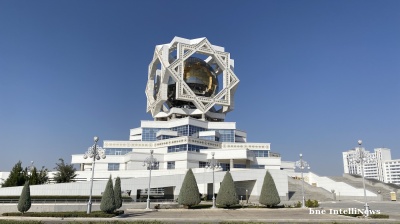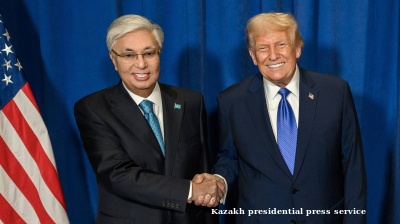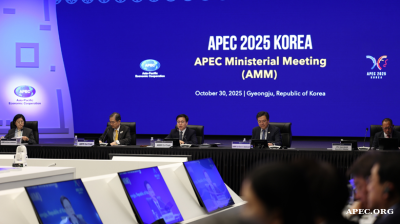Abdulvahit Fidan, chairman and managing director of Turkish gas firm BOTAS, calls the March 2025 delivery of Turkmen gas to Turkey, via Iran, the fulfilment of a “30-year dream”.
For Ankara, the symbolism is as important as the molecules: Turkey’s energy map is shifting from end-market to hub.
The system has been expanded to match the ambition. Daily transmission capacity has more than doubled to 495 mcm; 85% of the population has access to gas; and the portfolio includes five LNG facilities and some 20,000 km of high-pressure pipeline. Regional exports already flow to Bulgaria, Romania, Hungary, North Macedonia and Serbia.
The leverage point is Europe. The Trans-Anatolian Natural Gas Pipeline (TANAP) line with Azerbaijan has supplied more than 50 bcm to the continent — proof that Turkey’s geography, storage and regasification can unlock new trade. Fidan's next milestone is higher-volume Turkmen flows and deeper commercial alignment with SOCAR.
“When that goal is achieved,” he told delegates to the 30th Turkmenistan Oil and Gas Conference and Exhibition (OGT2025) in Ashgabat at the end of October, “it will be a development for the entire region.”
For buyers, Turkey’s role is straightforward: optionality. LNG and pipeline, east and west, north and south — diversified vectors constrain volatility. For sellers, Turkey is both a route and a market, with growing industrial demand and resilient household penetration. The hub thesis has moved from talking point to operating plan.
Features

Washington has a new focus on a Caspian energy play
For most of the last three decades since winning independence, Central Asia has been a bit of a backwater. Not any more. The Trump administration is becoming more focused on Turkmenistan's vast gas reserves and can smell money and power there.

Indian bank deposits to grow steadily in FY26 amid liquidity boost
Deposit growth at Indian banks is projected to remain adequate in FY2025-26, supported by an improved liquidity environment and regulatory measures that are expected to sustain credit expansion of 11–12%

What Central Asia wants out of the upcoming Washington summit
Clarity on critical minerals and a lot else.


